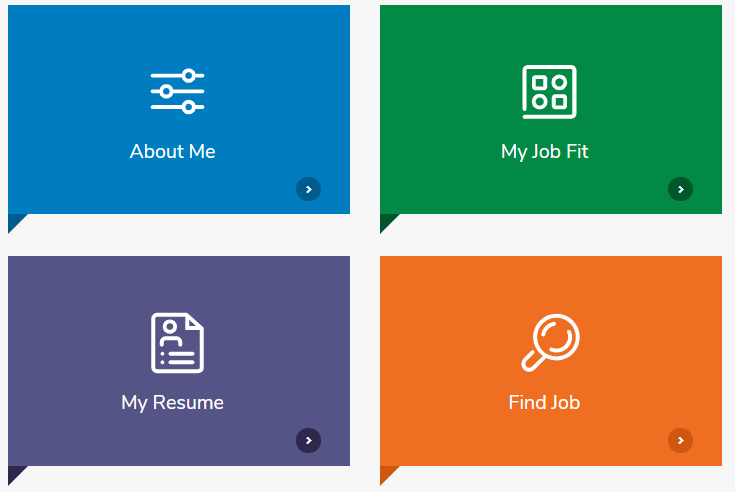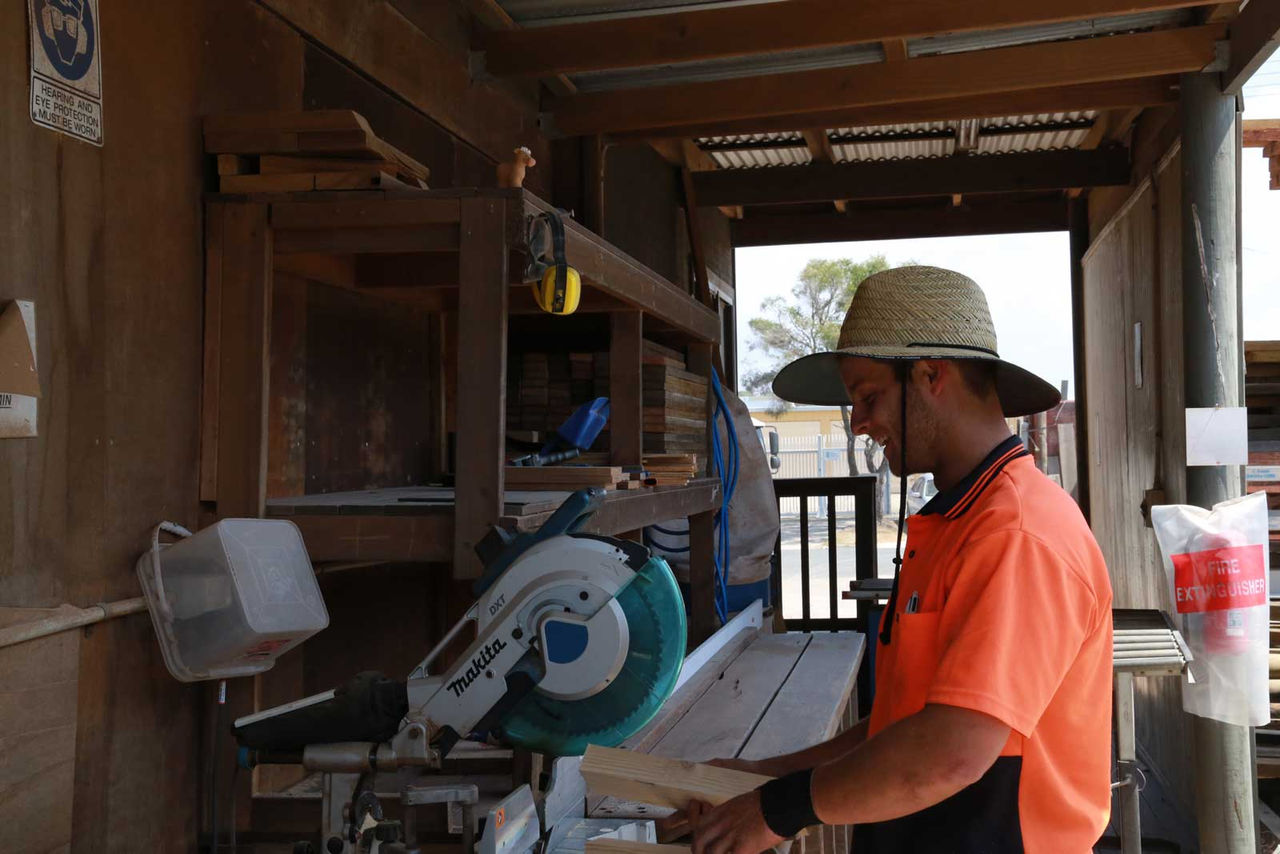What is on the job training?
Published by MAXSolutions on July 25, 2022

To ensure their transition to your business is smooth, some form of on the job training is required.
But what is on the job training and what are the best ways to deliver it?
What is on the job training?
On the job training is delivered in the workplace by co-workers, supervisors, HR staff or external trainers.
It usually involves a mixture of theoretical and practical training related both to the specific tasks of the role as well as including a broader overview of how it fits within the business.
On the job training can also be a requirement of many vocational careers and serve as a powerful prospecting tool for employers who host vocational students.
What are the benefits of on the job training?
Effective on the job training that is targeted to the specific role, delivered by a suitably qualified instructor, and delivered promptly has several benefits for your workplace:
Minimises mistakes – Poorly trained employees aren’t as effective at their roles. Proper training ensures they have the tools and support to perform the tasks of their role to the best of their ability.
Reduces staff turnover – One of the biggest reasons employees leave a job is a lack of support and training.
Having to advertise the same role and go through interviews costs time and money that would be better spent on making your employees more effective at their roles.
Improves team morale – Employees that are trained on the job by their supervisors or managers develop stronger relationships and build a better team atmosphere.
It is a legal requirement – As an employer, you are obliged under law to ensure your employees are adequately trained. This may mean more specific training depending on the industry.
It focuses on what’s important - Generic training provided by external consultants may be a time-saver, but it can also miss the things that are specific to your business. Giving new employees on the job training that applies to your workplace will set them up for the long term.
How can I deliver on the job training?
Set goals – It is important to have clearly defined outcomes for your new employee. What skills are important for the job and what are the workplace culture values.
Involve the leadership team – Get management involved to get their perspective on their part of the business. It gives new starters a greater insight into how the business works and where they fit.
Pick the right trainers – If you don’t have a dedicated trainer in the business picking the right person to train the new starter is crucial. You need to find a balance between someone with experience and skill in the role that can also communicate expectations clearly.
Follow-up – Make sure to check in with your new employee. Showing some care for how they are going isn’t just important to assess how they are doing in the role but also whether they are fitting in with the team and enjoying it.
MAX offers advice and guidance to employers considering giving an opportunity. Employment services such as DES and Workforce Australia can include a work placement through Youth PaTH (under 25) or the National Work Experience Program (over 25).
Share
Tags
Found this useful?
Help and advice
Our blogs are about helping people seek the information that they need for their steps in the workforce.














_1.jpg)





























.jpeg)




















